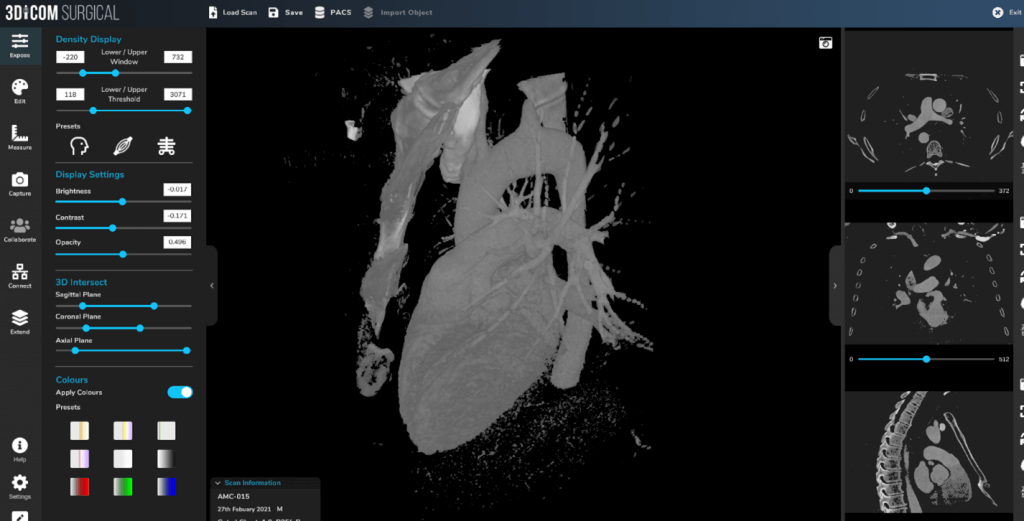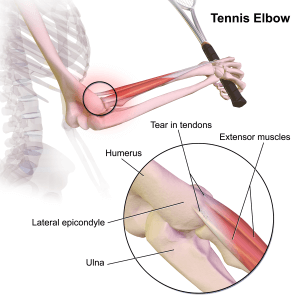Overview
Myocarditis is described as an inflammation of the myocardium, also known as the heart muscle. The myocardium is an involuntary striated muscle that constitutes the wall of the heart and enables blood pumping. A muscular dysfunction of the heart may lead to long-term heart damage and potentially fatal consequences.
Up to today, approximately 1.5 million cases of myocarditis have been reported worldwide, with viral infections being the most common cause of the condition. This number may be higher considering that myocarditis is often undiagnosed, especially when asymptomatic.
Younger adults, between 20 and 40 years old, have a higher prevalence of myocarditis, especially male patients, thus suggesting a potential role of gender-specific differences in the pathogenicity of this condition.
Myocarditis can be symptomatic or asymptomatic, may affect a defined (focal) or broader (diffuse) region of the myocardium, and present as acute (due to direct injury), subacute (due to autoimmune-mediated injury) or chronic (due to fibrotic tissue that alter the muscular and electrical activity of the heart).
Although in the mildest clinical cases, the condition can remit spontaneously, complications such as the thinning and weakening of the left ventricle’s wall (dilated cardiomyopathy) have been reported and require close monitoring and continuous therapeutic intervention. Moreover, in some cases and demographics, the condition may lead to heart failure and sudden cardiac death (SCD), which account for 10% of all cases. More recently, cardiomyopathy has also been associated with severe acute respiratory syndrome in COVID-19 disease, however, numerous questions remain unanswered around the pathological mechanism and consequences of SARS-CoV-2 infection to the cardiac tissue.
Signs and Symptoms
Symptomatology for myocarditis is common to other heart diseases, and it includes chest pain, arrhythmia (abnormal heartbeat), trouble breathing, heart palpitation, heart failure, generalised fatigue. These are often accompanied by flu-like symptoms.
A more severe representation of the condition is usually reported in children and infants, and in these cases, respiratory distress may lead to prolonged hypoxia with fatal consequences.
Regardless of the demographic group, the prognosis is often correlated with the severity of the initial symptoms.
Causes and Risk Factors
Myocarditis can have a microbial or non-microbial origin. In some cases, the cause of the condition remains unknown (idiopathic myocarditis). Up to today, no known gene has been associated with myocarditis and when the condition is observed within the same familiar nucleus that’s usually due to common infections or environmental factors.
The presence of an infectious agent that penetrates the myocardial tissue, replicate, and activate the host immune system is the most reported origin for myocarditis. Viral agents such as enterovirus (Coxsackie B), coronavirus (SARS-CoV-2), rubivirus (Rubella), retrovirus (HIV), or herpesvirus (Epstein-Barr) have all been associated with symptomatic or asymptomatic myocarditis. Other microbial organisms include bacteria (Streptococcus, Diphtheria), fungi (moulds and yeasts), and protozoa.
Alternatively, auto-immune diseases such as lupus erythematosus and rheumatoid arthritis, or the excessive and prolonged use of toxic substances can be the cause of myocardial inflammation and heart injury.
The male population has been reported to have a higher prevalence of myocarditis compared to women, probably due to the interplay between the hormonal system and immune response. Moreover, the presence of co-morbidities, advanced age, hypertension, and an unhealthy lifestyle represent a major risk factor for a poor prognosis in patients.
Diagnosis
Suspicion of myocarditis is based on clinical symptoms such as chest pain and difficulty breathing, and by excluding other common causes.
Electrocardiography is used as an initial screening tool for patients with suspected acute myocarditis by measuring over time the electrical activity of the heart, non-invasively. However, the sensitivity of this test is extremely limited and more accurate confirmatory tests are required to narrow down the cause of the heart failure.
The collection and analysis of a patient blood sample, looking for signs of infection (blood cell count), levels of biochemical markers such as troponin (suggestive of heart damage), presence and dosage of microbial organisms and antibodies, and representation and expression levels of various microRNAs (differentially expressed in various forms of myocarditis) provides an indication on the origin and progression of the cardiac damage.
Chest X-ray, echocardiography, and cardiac Magnetic Resonance Imaging (cMRI) enable practitioners to identify characteristic features of myocarditis and localise the region of the myocardium that has been damaged.
In some cases, an endomyocardial biopsy is collected and analysed as a confirmatory test looking for cellular landmarks of inflammation or infection.

Treatments
Different treatment strategies will be prescribed depending on the cause and stage of the condition, and an adequate and timely intervention can lead to restoration of the physiological heart function and full recovery.
The first tier of intervention usually aims to preserve the cardiac pumping activity and prevent the risk for blood clots. Diuretics, Angiotensin-Converting Enzyme (ACE) inhibitors, Angiotensin II receptor blockers (ARBs), and beta-blockers help to reduce blood pressure by decreasing the amount of circulating fluid and modulating the calibre of arteries and veins.
Antivirals, anti-inflammatory (corticosteroid), and immunosuppressive therapy can also be used to treat viral infections in the acute phase and mitigate and modulate the exaggerated immune response that resulted from the microbial infection.
Antiarrhythmics can be prescribed in specific clinical cases, although the risk-benefit should be measured carefully due to the potential of negative side effects on heart function.
In most severe clinical cases, mechanical circulatory support for heart function (temporary or permanent pacemaker) or even urgent heart transplantation may be required to overcome the heart failure.
https://www.uptodate.com/contents/clinical-manifestations-and-diagnosis-of-myocarditis-in-adults
https://jamanetwork.com/journals/jamacardiology/fullarticle/2780548
https://www.nature.com/articles/s41569-020-00435-x
https://pubmed.ncbi.nlm.nih.gov/25432122/
https://pubmed.ncbi.nlm.nih.gov/10453860/
https://www.ahajournals.org/doi/10.1161/CIRCRESAHA.115.306573
The content shared on the Health Literacy Hub website is provided for informational purposes only and it is not intended to replace advice, diagnosis, or treatment offered by qualified medical professionals in your State or Country. Readers are encouraged to confirm the information provided with other sources and to seek the advice of a qualified medical practitioner with any question they may have regarding their health. The Health Literacy Hub is not liable for any direct or indirect consequence arising from the application of the material provided.



